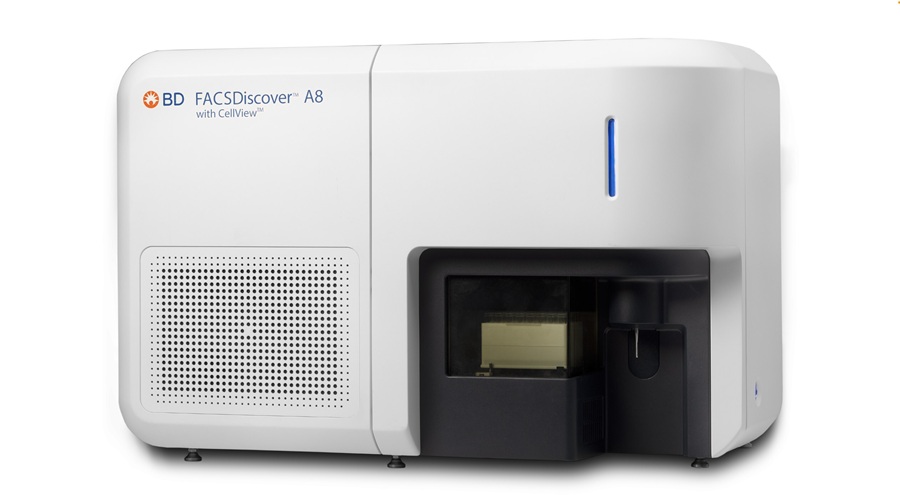Global Hematology Testing Instrument Market Driven by Growing Demand for Preventive Diagnosis and Treatment Monitoring
By LabMedica International staff writers
Posted on 26 Aug 2021
The global hematology testing instrument market is witnessing high growth due to technological advances in disease diagnosis and rise in demand for preventive diagnosis and treatment monitoring.Posted on 26 Aug 2021
These are the latest findings of Transparency Market Research (Albany, NY, USA), a next-generation market intelligence provider.

Illustration
Hematology involves the study of blood, in particular how blood can affect overall health. Used in different settings, hematology instruments can do blood count, detect proteins or enzymes, and help to diagnose illnesses or genetic defects. Hematology tests can evaluate a number of blood conditions including infection, anemia, inflammation, hemophilia, blood-clotting disorders, leukemia, and the body’s response to chemotherapy treatments. Tests could be routine and regular, or these may be used to diagnose serious conditions in urgent situations.
Hematology testing devices have come a long way from disease detection and monitoring to counting and characterizing blood cells. The concept of automation has extended to detecting small cell populations to diagnose rare blood conditions, which require less labor, rapid result, and easy-to-use analyzers. Current technologies include automation of hematology analyzers, electrical impedance, flow cytometry, and fluorescent flow. The combination of these technologies has increased the yield and productivity of test results. Test volume i.e., number of tests performed, is projected to increase owing to technological advances in disease diagnosis and rise in demand for preventive diagnosis and treatment monitoring. This will also augment the demand for hematology analyzers with high throughput. Such technological revolutions in hematology testing are expected to propel the market growth during the forecast period.
However, technological advancements in blood testing instruments carry a heavy price tag. A number of laboratories cannot afford highly priced instruments. Therefore, there is a need of low-volume laboratory analyzers, which are cost-effective and easy-to-use. The high cost of instruments can increase testing cost, which can restrain the growth of the global hematology diagnostic market during the forecast period.
Geographically, North America is projected to dominate the global hematology diagnostic market during the forecast period. This can be attributed to the high average selling price of automated hematology analyzers, rise in demand among surgeons for technologically-advanced diagnostic instruments with enhanced specificity & precision, and favorable coverage as per the Clinical Laboratory Improvement Amendments for in-vitro diagnostic procedures in the region.
Related Links:
Transparency Market Research







 assay.jpg)





